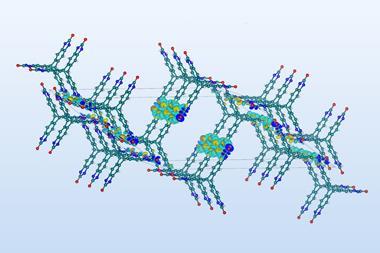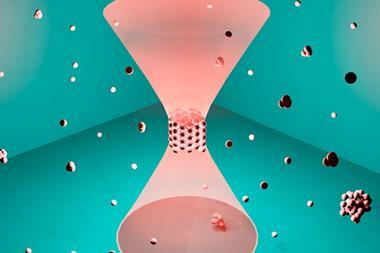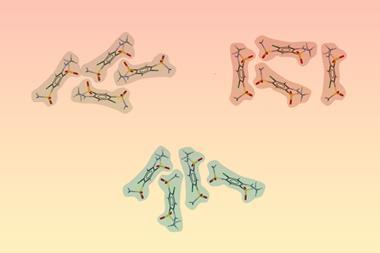There’s an unwritten rule that anytime someone discusses crystal structure prediction they must recite the famous quote from physicist John Maddox, during his second stint as editor of Nature over 40 years ago. So here it is: ‘One of the continuing scandals in the physical sciences is that it remains in general impossible to predict the structure of even the simplest crystalline solids from a knowledge of their chemical composition.’
Today, it’s fair to say that Maddox would no longer be scandalised. Crystal structure prediction has advanced from being a curiosity-driven pursuit to an applied technology, and new methods are coming thick and fast. A method we reported on in November, which calculates crystal structure stability as a function of temperature and humidity, is one such example. And in the middle of last year we covered a method from a different team that can reliably find the lowest-energy structure of a range of crystalline compounds given only their stoichiometric formulae.
Predicting how a molecule will crystallise is desirable because it can narrow crystal screening efforts and uncover unexpected polymorphs – which in pharmaceutical materials have intellectual property, regulatory and physicochemical implications. However, where current methods fall short is in predicting how to prepare proposed structures experimentally. Analysing the hydrogen-bonding motifs in a crystal prediction can indicate if a particular solvent might be worthwhile; perhaps a volatile deep eutectic solvent? And crystallisation under pressure can target denser structures, but not always. Seemingly minor changes in crystallisation conditions can have what feels like a disproportionate effect on the crystal structure, which makes experimental polymorph selection difficult. And sometimes chemists need to turn to an unconventional crystallisation technique such as melt crystallisation, using templates or nanoconfinement. The crystallisation pathway to a thermodynamically feasible crystal structure is often unpredictable. Other open questions in the field include why some compounds are polymorphic and others not.
But as we reported last year, there’s now another potential phenomenon for formulation chemists to consider: Polyamorphism. Analogous to molecules’ abilities to adopt more than one unique crystalline structure, polyamorphism is where the same chemical composition exists in two or more different noncrystalline phases. As you’ll see from our article, it’s already sparking controversy. But if polyamorphism turns out to be widespread, its implications could be far-reaching.

















No comments yet